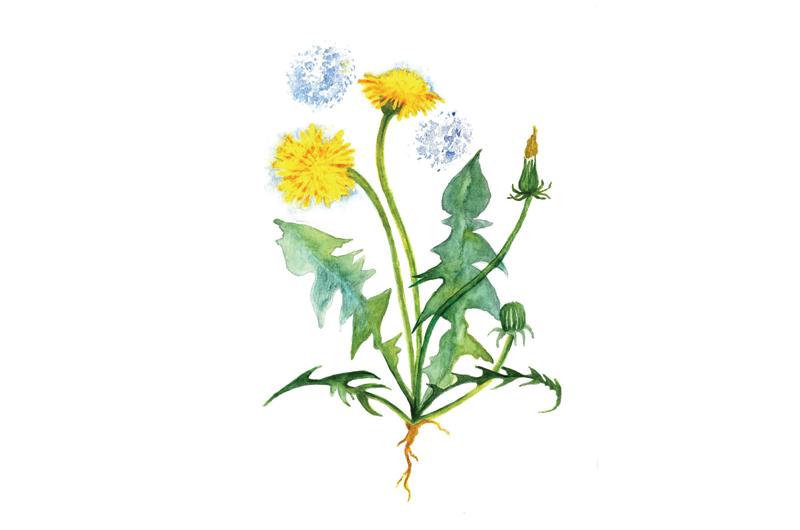Dandelions get no love; even its scientific name seems like a rebuke. And yet the hardy little weed is surprisingly useful: it provides an early food source for bees and nourishment for the soil. Plus, every part of the plant is edible, from the leaves to the roots. Maybe it’s time to put aside dreams of a picture-perfect lawn and instead toast to the dandelion’s merits. A glass of

dandelion wine would do.
Where to look: Pick a lawn, any lawn, just steer clear of heavily sprayed areas. Spring is the best time to eat the greens, before the plant blooms and becomes bitter. Absent the flower, look for hairless, deeply toothed leaves. (The name comes from the French dent-de-lion, or lion’s tooth.)
How to use: Young leaves can be added to salads; older leaves can be blanched or steamed like spinach. The flowers are sometimes boiled into tea or jelly, or combined with citrus to make dandelion wine. Ground, roasted roots make a caffeine-free coffee substitute, much like chicory.
Nobody loves the head of a dandelion. Maybe because they are so many, strong, and soon.
– Toni Morrison






